New interactive web tools help growers deal with climate change
Excessive heat can lead to crop loss, as in the case of grapes. CalAgroClimate tools help growers prepare for extreme weather conditions. Photo by George Zhuang
UCCE, USDA California Climate Hub Launch CalAgroClimate Decision Support Tool
Climate and weather variability pose increasing risks to farmers. As world leaders gather in Egypt for COP27 to address the climate crisis, University of California Cooperative Extension and USDA California Climate Hub launch new web-based tools to provide farmers with locally relevant information and crop-specific to make production decisions that reduce risk. .
"Integrating historical weather data and forecast information with meaningful agricultural decision support information can reduce a crop's vulnerability to such risks," said Tapan Pathak, a specialist in agriculture. of UC Cooperative Extension Climate Adaptation at UC Merced.
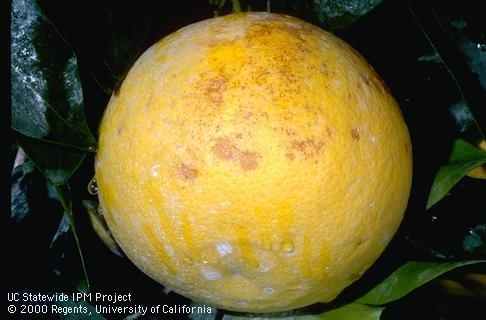
Citrus can be damaged by frost and freezing temperatures.
“To provide easy access to high-resolution data in the form of agroclimatic tools and information, and to improve agricultural resilience to climate and weather risks, we are launching CalAgroClimate,” Pathak said.Pathak is collaborating on the creation of the decision support tool with partners from the U.S. Department of Agriculture, California Climate Hub, UC Cooperative Extension, and UC Agriculture and Natural Resources' Informatics and Geographic Information Systems or IGIS.
"CalAgroClimate was designed to support climate-informed decision-making for those working in California's specialty crops industry," said Steven Ostoja, director of the USDA California Climate Hub. "The USDA California Climate Hub is a proud collaborator in this important initiative to ensure the state's agricultural industry can continue to thrive in a climate-changing future."
Shane Feirer and Robert Johnson of UC ANR IGIS designed the website's interactive tools and Lauren Parker of USDA California Climate Hub helped organize the content. An advisory committee made up of colleagues from UCCE and the Natural Resources Conservation Service ensures that the CalAgroClimate tools meet stakeholder needs.
"CalAgroClimate is an incredible new tool that makes comprehensive past and forecast weather data available to any grower," said Mark Battany, UC Cooperative Extension's Water Management and Biometeorology Advisor for San Luis Obispo and Santa Barbara counties.
“California's high-value crops are subject to a myriad of weather-related risk factors; this tool will allow growers to better manage short- and long-term risk and ultimately grow more profitably, said CalAgroClimate Advisory Board Member Battany.
Growers and crop consultants can use CalAgroClimate's crop- and site-specific tools and resources to help make on-farm decisions, such as preparing for frost or unexpected rain and taking advantage of conditions. favorable expected.
CalAgroClimate currently includes heat warning, frost warning, crop phenology and pest warning tools.
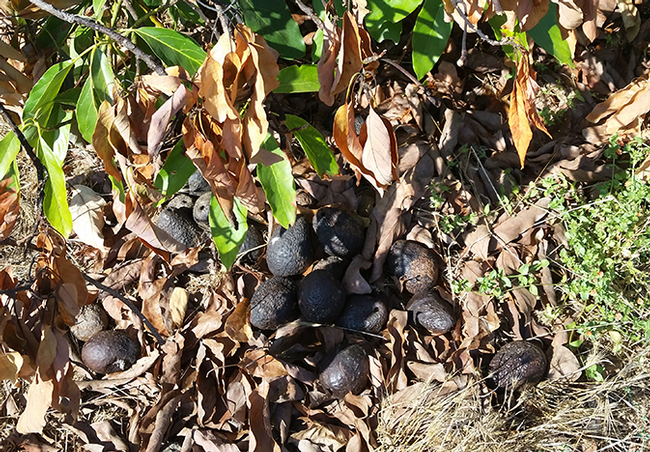
After a heat wave, the leaves of the avocado trees die, the stems turn brown, cutting off the moisture in the fruit, and then the avocados fall. Photo by Ben Faber
Heat Warning Tool: Extreme heat poses a hazard to people, animals and crops. With this tool, users can select the location and temperature threshold (e.g. 90 F, 95 F 100 F) based on their crop specific heat tolerance level and the tool will provide a custom map the heat risk for the next seven days for this location, including the number of consecutive days with a temperature above this threshold. Users can also assess overall heat risks across the state for a selected temperature threshold. By being warned in advance of high temperatures, growers can take steps to reduce the risks associated with extreme heat, such as providing shade, changing farm worker schedules, and applying supplemental irrigation.
Frost Advisory Tool: Risk of frost is a very serious issue for many specialty crops in California. Similar...
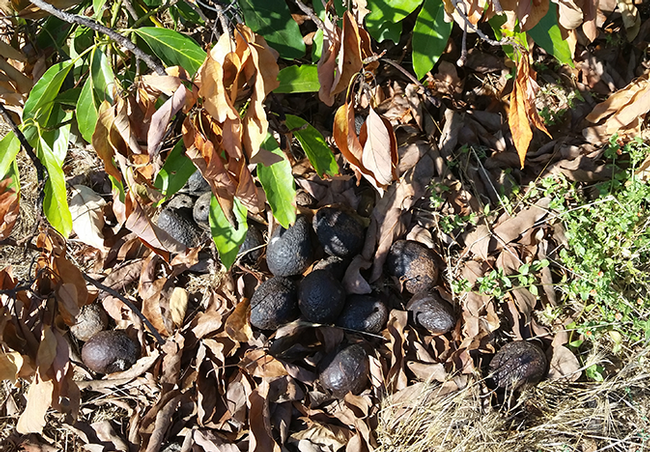
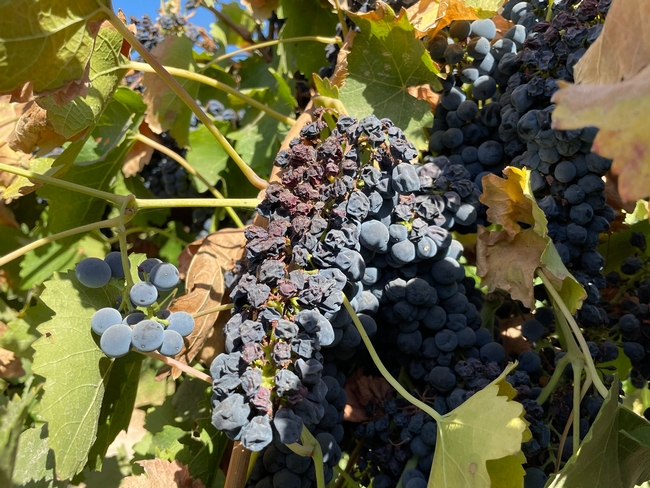
Excessive heat can lead to crop loss, as in the case of grapes. CalAgroClimate tools help growers prepare for extreme weather conditions. Photo by George Zhuang
UCCE, USDA California Climate Hub Launch CalAgroClimate Decision Support Tool
Climate and weather variability pose increasing risks to farmers. As world leaders gather in Egypt for COP27 to address the climate crisis, University of California Cooperative Extension and USDA California Climate Hub launch new web-based tools to provide farmers with locally relevant information and crop-specific to make production decisions that reduce risk. .
"Integrating historical weather data and forecast information with meaningful agricultural decision support information can reduce a crop's vulnerability to such risks," said Tapan Pathak, a specialist in agriculture. of UC Cooperative Extension Climate Adaptation at UC Merced.

Citrus can be damaged by frost and freezing temperatures.
“To provide easy access to high-resolution data in the form of agroclimatic tools and information, and to improve agricultural resilience to climate and weather risks, we are launching CalAgroClimate,” Pathak said.Pathak is collaborating on the creation of the decision support tool with partners from the U.S. Department of Agriculture, California Climate Hub, UC Cooperative Extension, and UC Agriculture and Natural Resources' Informatics and Geographic Information Systems or IGIS.
"CalAgroClimate was designed to support climate-informed decision-making for those working in California's specialty crops industry," said Steven Ostoja, director of the USDA California Climate Hub. "The USDA California Climate Hub is a proud collaborator in this important initiative to ensure the state's agricultural industry can continue to thrive in a climate-changing future."
Shane Feirer and Robert Johnson of UC ANR IGIS designed the website's interactive tools and Lauren Parker of USDA California Climate Hub helped organize the content. An advisory committee made up of colleagues from UCCE and the Natural Resources Conservation Service ensures that the CalAgroClimate tools meet stakeholder needs.
"CalAgroClimate is an incredible new tool that makes comprehensive past and forecast weather data available to any grower," said Mark Battany, UC Cooperative Extension's Water Management and Biometeorology Advisor for San Luis Obispo and Santa Barbara counties.
“California's high-value crops are subject to a myriad of weather-related risk factors; this tool will allow growers to better manage short- and long-term risk and ultimately grow more profitably, said CalAgroClimate Advisory Board Member Battany.
Growers and crop consultants can use CalAgroClimate's crop- and site-specific tools and resources to help make on-farm decisions, such as preparing for frost or unexpected rain and taking advantage of conditions. favorable expected.
CalAgroClimate currently includes heat warning, frost warning, crop phenology and pest warning tools.

After a heat wave, the leaves of the avocado trees die, the stems turn brown, cutting off the moisture in the fruit, and then the avocados fall. Photo by Ben Faber
Heat Warning Tool: Extreme heat poses a hazard to people, animals and crops. With this tool, users can select the location and temperature threshold (e.g. 90 F, 95 F 100 F) based on their crop specific heat tolerance level and the tool will provide a custom map the heat risk for the next seven days for this location, including the number of consecutive days with a temperature above this threshold. Users can also assess overall heat risks across the state for a selected temperature threshold. By being warned in advance of high temperatures, growers can take steps to reduce the risks associated with extreme heat, such as providing shade, changing farm worker schedules, and applying supplemental irrigation.
Frost Advisory Tool: Risk of frost is a very serious issue for many specialty crops in California. Similar...
What's Your Reaction?









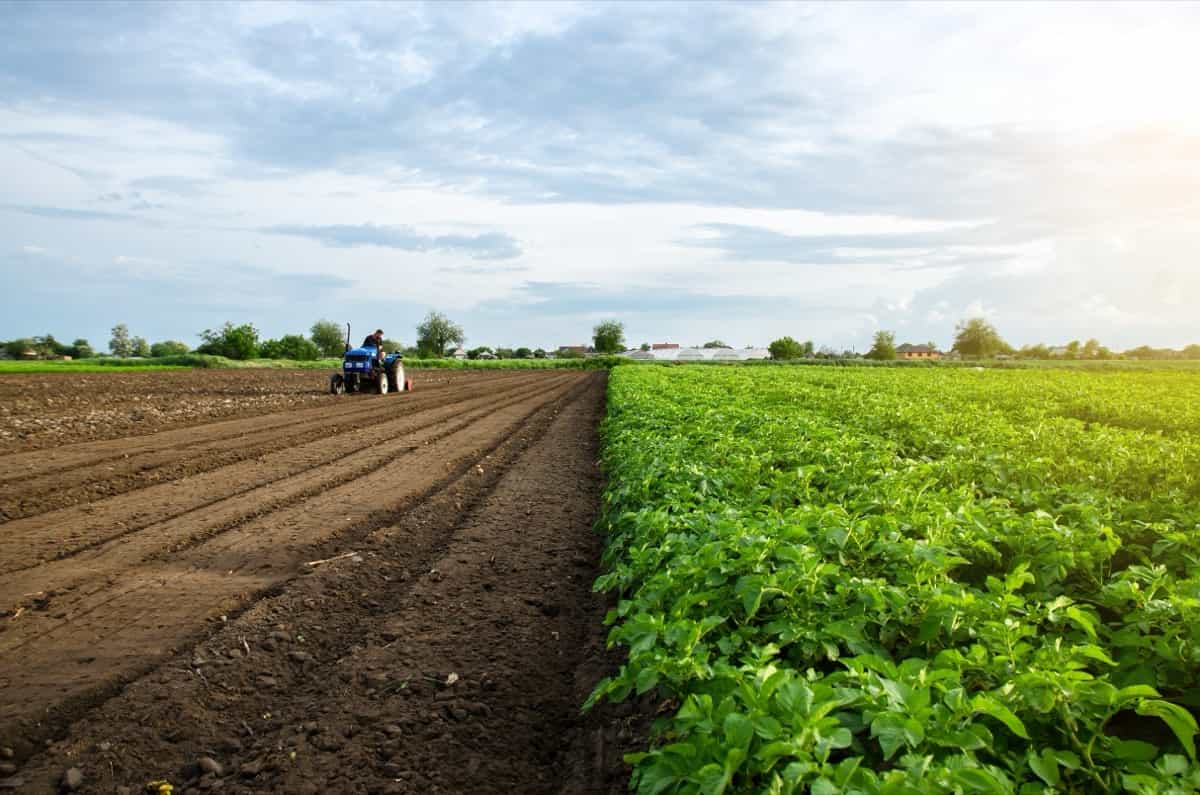
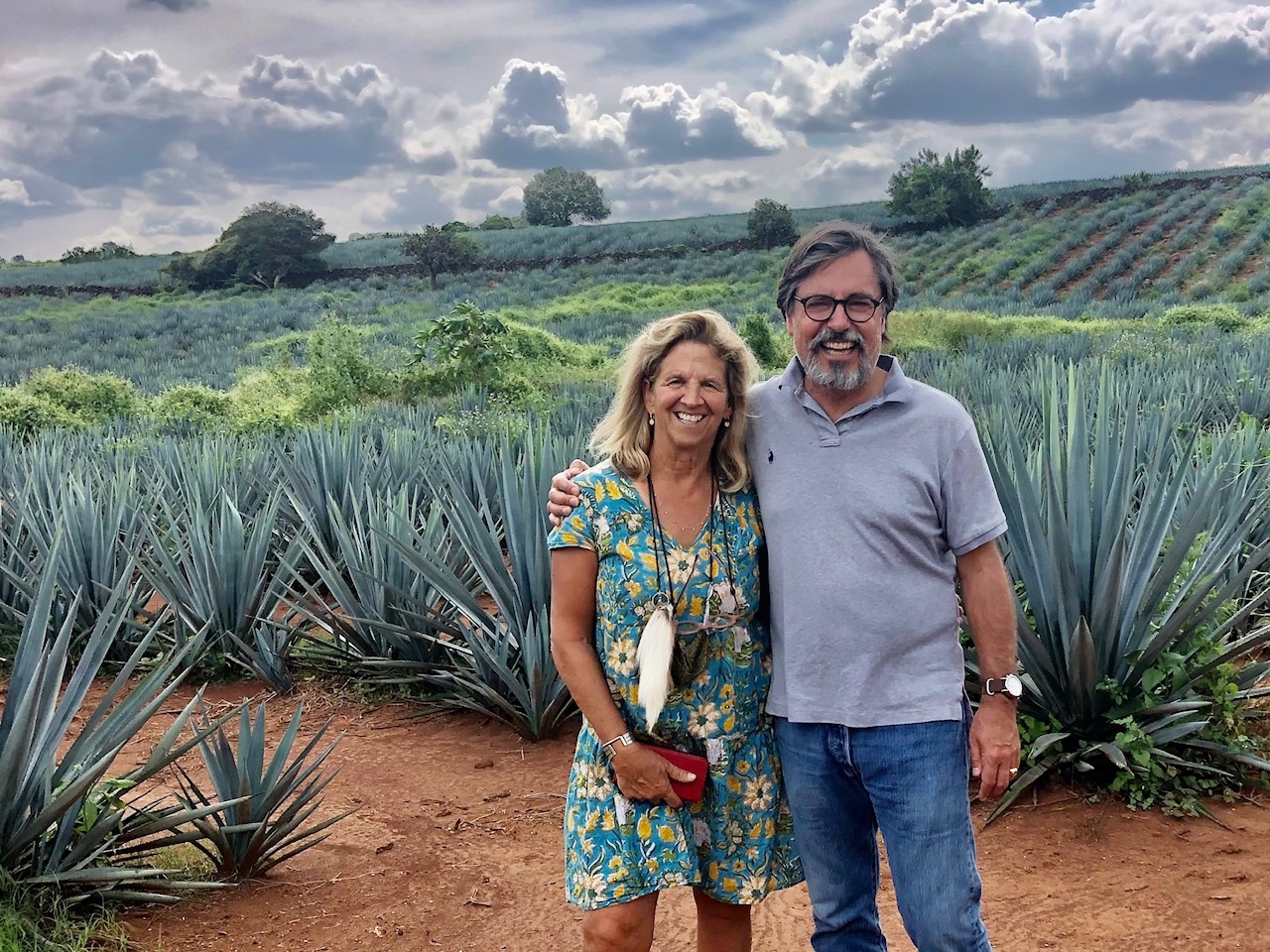



![Three of ID's top PR executives quit ad firm Powerhouse [EXCLUSIVE]](https://variety.com/wp-content/uploads/2023/02/ID-PR-Logo.jpg?#)







